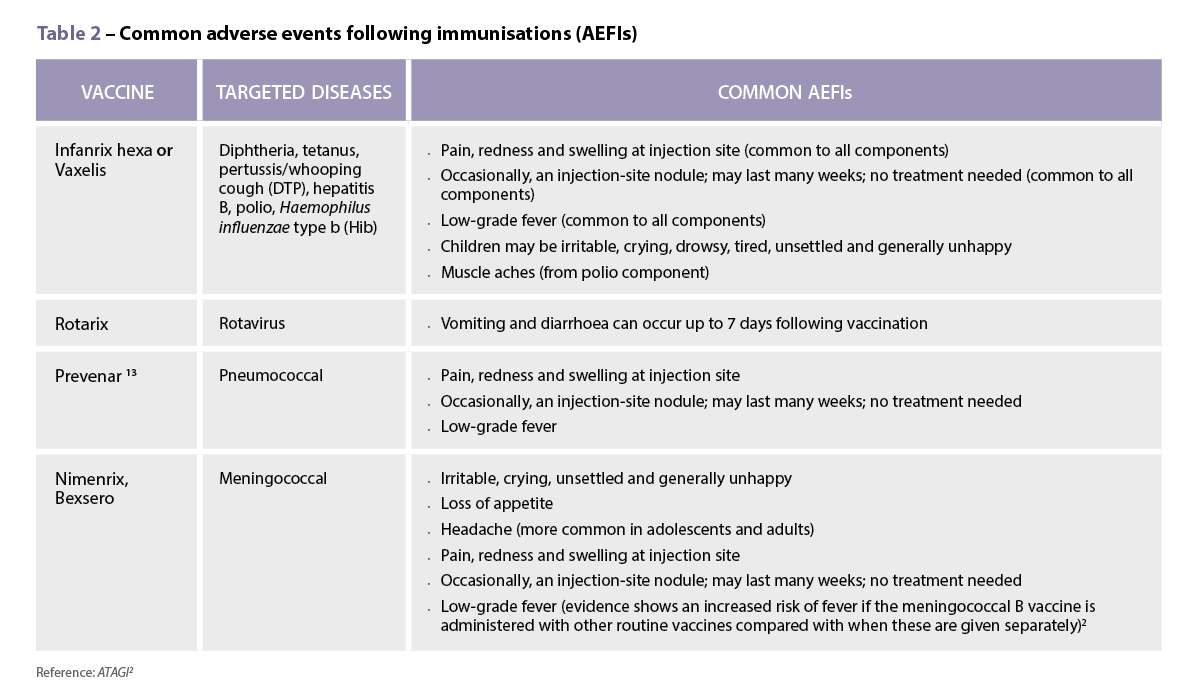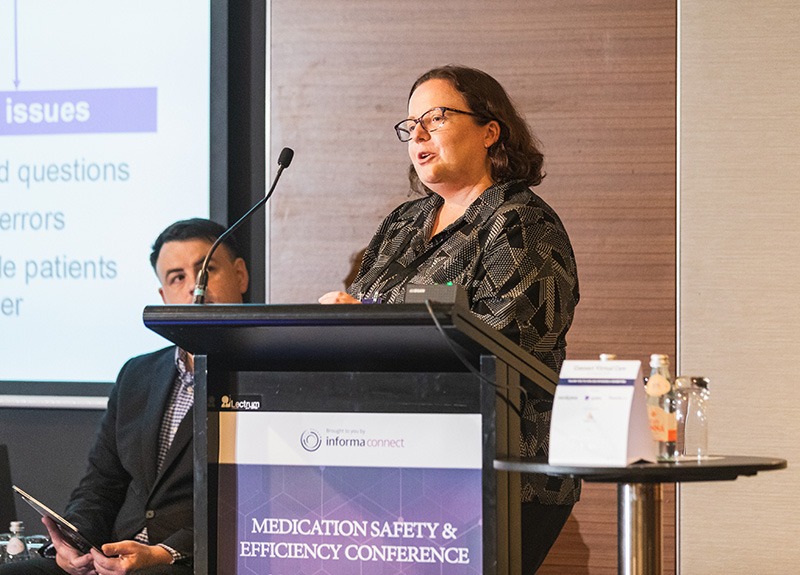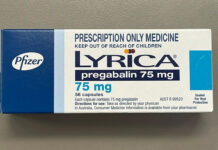This year, media reports have focussed on the dangers of ‘new’ synthetic opioids such as nitazenes infiltrating the illicit opioid market and appearing in other illicit drugs such as MDMA, cocaine, benzodiazepines and novel psychedelics.
But does that mean harm from heroin use has become obsolete? And what other emerging drugs are causing concern?
These questions, and more were answered by experts at the 2024 National Drug and Alcohol Research Centre (NDARC) Annual Research Symposium, held on Friday 20 September.
Are ‘old’ opioids still a concern?
When a ‘new’ wave of drugs comes in, this doesn’t mean older ones go away, said Professor Shane Darke, who has worked in the field of illicit drug research at NDARC since 1988.

‘For instance, in a study we did on heroin, which tends to slip out of the media these days, we documented 610 fatal overdoses in Australia between 2020 and 2022,’ he said.
The Drug Trends program, an internationally renowned system NDARC has coordinated since 1996, found that heroin use and markets have remained largely stable, said Dr Rachael Sutherland, Research Fellow at NDARC.
This includes no changes reported in prices, perceived purity or perceived availability.
While opioids continue to be the main drug involved in drug-induced deaths, there are some differences in the opioids involved.

‘Semi-synthetic’ opioids such as morphine, oxycodone and codeine have declined over time,’ she said. ‘Conversely, we’ve seen an increase in opioid overdose deaths involving heroin.’
Has the face of opioid overdose changed?
Overdose on opioids such as heroin can lead to respiratory depression to about four breaths per minute – even in people with heavy tolerance, said Prof Darke.
But opioids are also emetics and cough suppressants, which can be a fatal combination.
‘Because people aspirate vomit into the lungs and lack the cough reflex, this can lead to acute pneumonia, contributing to death,’ he said.
The majority of opioid overdoses occur in males, which in part reflects the epidemiology of illicit drug use.
‘Males are also [more] likely to use [drugs] alone with aid not being available,’ Prof Darke added.
The mean age of heroin overdose deaths is 42, up from 30 in the 90s – when overdose deaths at the upper end of the spectrum capped at those aged in their late 50s.
‘Now we find there’s people who’ve died of heroin overdoses in their late 70s,’ he said.
The biggest risk factor for opioid overdose remains previous overdose, with other risks include a return to use after a period of abstinence, poly-substance use, and intravenous injection.
However, a risk factor that’s often not explored is chronic obstructive pulmonary disease.
‘When we do have fatalities, about 20% of heroin deaths are [in people] diagnosed with emphysema,’ he said. ‘It’s difficult to diagnose post-mortem, so that’s an underestimate.’
What are the concerns around ‘new’ opioids such as nitazenes?
Of the ‘new’ psychoactive substances flooding the market, Prof Darke quoted the ‘great one’ David Bowie: ‘The same old thing in brand new drag comes sweeping into view’.
In other words, many of these drugs are ‘really old new drugs’ – synthesised in the 50s, 60s and 70s – with the difference being that they are now taken up into use, with many never released previously because they were too dangerous.
‘All opioids are reversible by naloxone. [But for nitazenes] you may need higher doses and more doses.’
Prof shane darke
When overdose occurs in these drugs, such as fentanyl analogs, nitazenes, designer benzodiazepines and synthetic stimulants, it largely looks the same as it does in other drugs within the same category.
However, a key difference is around the toxicity of these substances. ‘And it looks like, with many of them, that death is much more rapid,’ he said.
This is particularly the case with nitazenes, where there is less incidence of death due to acute pneumonia – which takes time to develop.
Alarmingly, nitazenes are 1,000 times the potency of morphine – with the number of drug alerts related to nitazenes steadily increasing, said Dr Brendan Clifford, Senior Research Fellow at NDARC.

‘The first alerts were in 2022, with four across Australia, six last year, and already to September this year, there have been seven alerts related to a nitazene drug,’ he said.
Again, it is mostly males who overdose on nitazenes. But the demographic is younger – mostly people aged in their 20s to 30s, said Prof Darke.
It’s therefore important for healthcare professionals to dispel the oft-circulated myth that opioids such as fentanyl or nitazenes aren’t reversible by naloxone. ‘All opioids are reversible by naloxone,’ he emphasised. ‘[But] you may need higher doses and more doses.’
Among those unintentionally consuming nitazenes in other illicit substances, there’s a crucial opportunity to increase uptake and awareness of naloxone, said Dr Sutherland – referencing the 2024 Ecstasy and Related Drugs Reporting System (EDRS), a new report under the Drug Trends program.
‘For the past few years, we’ve been asking a sample of people who use ecstasy and other stimulants whether they’ve heard of naloxone and whether they’re accessing this medicine,’ she said. ‘The good news is that the majority have heard of naloxone, but very few people are accessing [it].’
PSA NSW State Manager Amanda Fairjones MPS advises all pharmacists to identify patients at high risk of opioid overdose, engage them in conversation about their risks, and encourage them to have an emergency supply of take home naloxone (THN).
Are there any other drug trends causing concern?
Alongside emerging drugs such as nitazenes, ketamine is also growing in prominence.
‘The last National Drug Strategy Household survey [found that] in the last 12 months, ketamine was used by 300,000 people, compared to 400,000 who used MDMA,’ said Dr Clifford. ‘So [ketamine] is up there now with MDMA as a drug of choice.’
E-cigarette use is also likely to change following legislation requiring a prescription to access therapeutic vapes, alongside the ban on importation of disposable vapes.
‘This doesn’t appear to have had much of an impact on use among our samples,’ said Dr Sutherland. ‘[However] about 20% of the EDRS sample reported they had had trouble accessing e-cigarettes, largely [because] where they obtained them was no longer stocking them,’ she said.
Many also reported that the price of these products had also increased, rendering them too expensive to buy.
Concerningly, there have been reports of an increase in importation of nicotine pouches, which, like vapes, are being marketed to young people.
‘Nicotine pouches are more discreet than vaping products and come in a lot of different flavours,’ said Dr Sutherland. ‘We did find that about one in five reported using nicotine pouches, so this is an area we need to continue to watch.’
Lastly, There has also been an increase in the use of pharmaceutical stimulants, with the EDRS report finding 54% of people used pharmaceutical stimulants in the previous 6 months when it was not prescribed to them.
According to the Poisons Information Centre, there has also seen an increase in poisonings related to these substances – with stimulant overdose often tricky to manage due to the lack of reversal medicines such as naloxone.
‘I would educate people that the cardiovascular risk is real,’ said Prof Darke. ‘And if someone regularly uses stimulant drugs, regular monitoring of cardiovascular functioning is crucial.’



 This CPD activity is supported by an unrestricted education grant by Reckitt.[/caption]
This CPD activity is supported by an unrestricted education grant by Reckitt.[/caption]





 Jess Hadley, community pharmacist and Professional Officer at PDL[/caption]
Jess Hadley, community pharmacist and Professional Officer at PDL[/caption]
 Peter Guthrey, Senior Pharmacist – Strategic Policy at PSA[/caption]
Peter Guthrey, Senior Pharmacist – Strategic Policy at PSA[/caption]


 Professor Margie Danchin[/caption]
Professor Margie Danchin[/caption]

 Dr Peter Tenni[/caption]
Dr Peter Tenni[/caption]
 How should we deprescribe gabapentinoids, according to the Maudsley Deprescribing Guidelines[/caption]
How should we deprescribe gabapentinoids, according to the Maudsley Deprescribing Guidelines[/caption]






